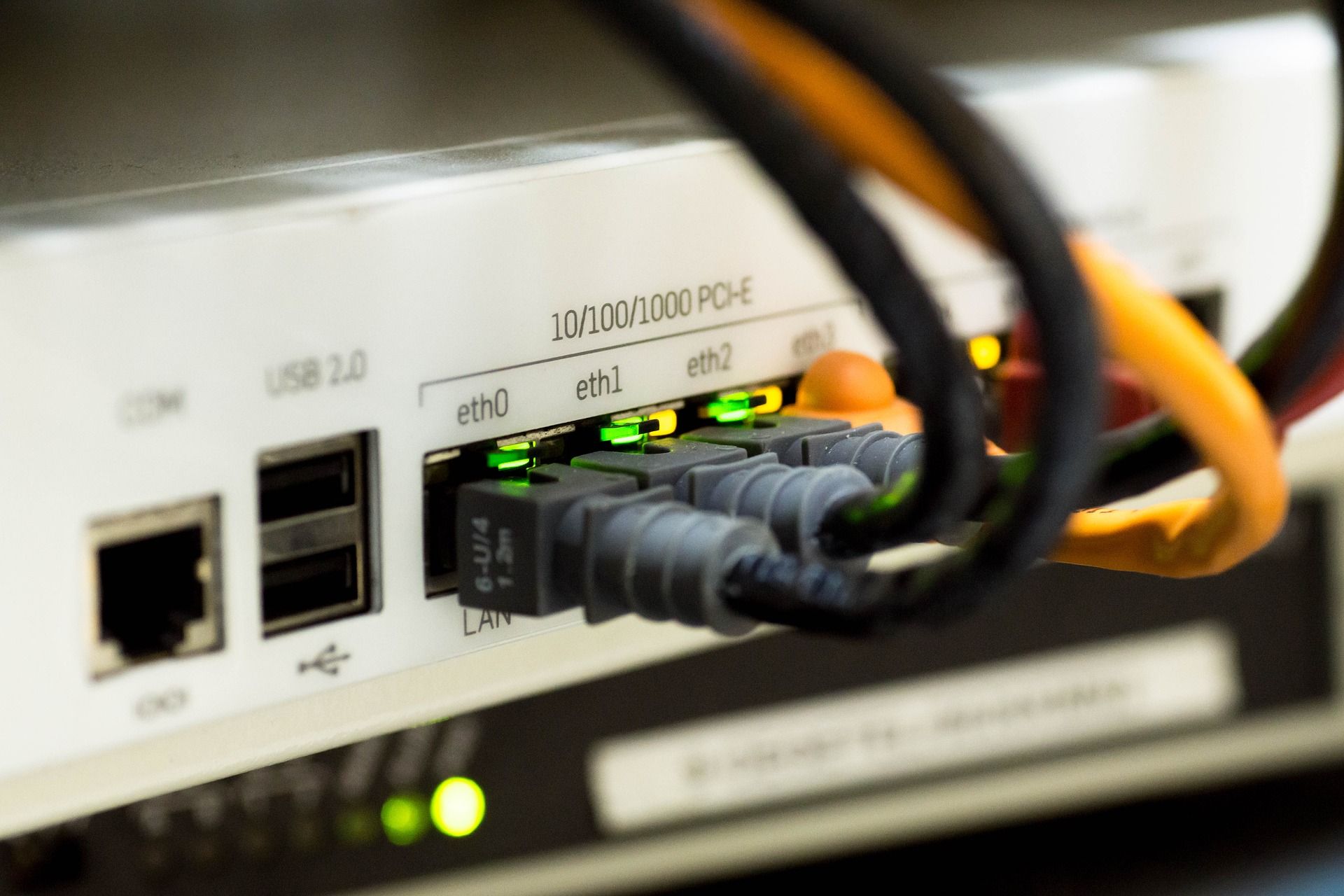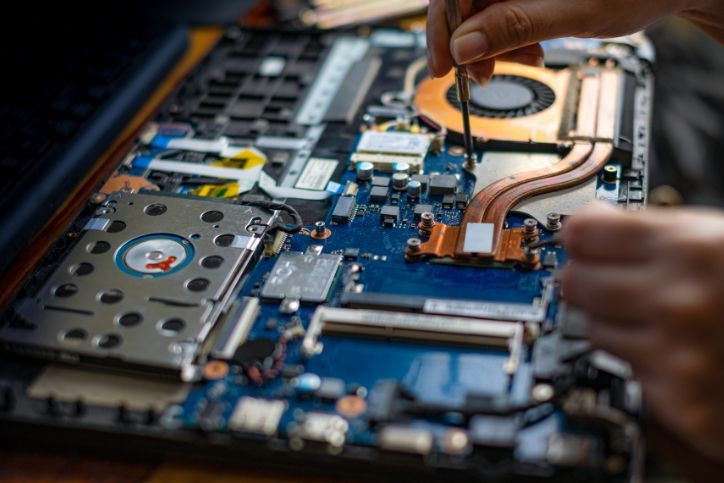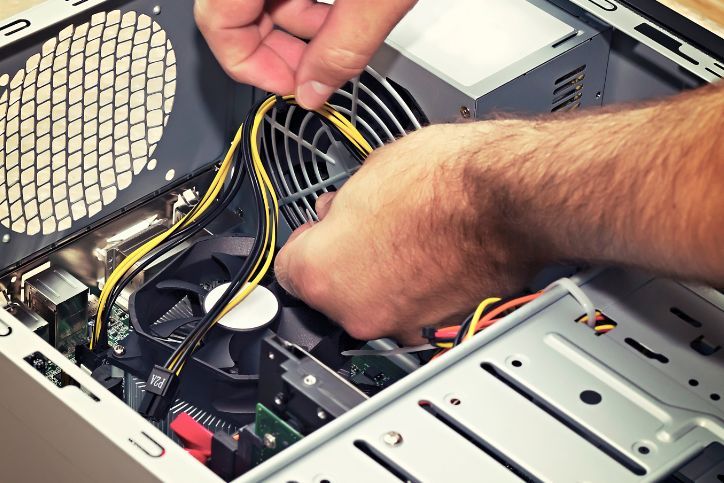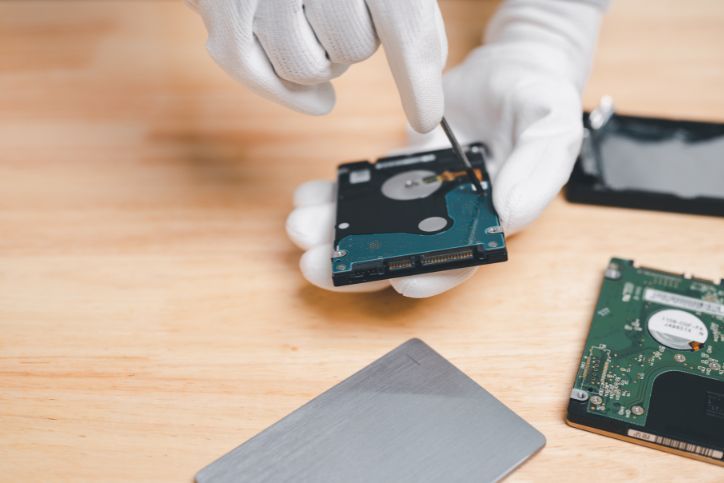Performance PCs: How Much Power Do You Really Need?
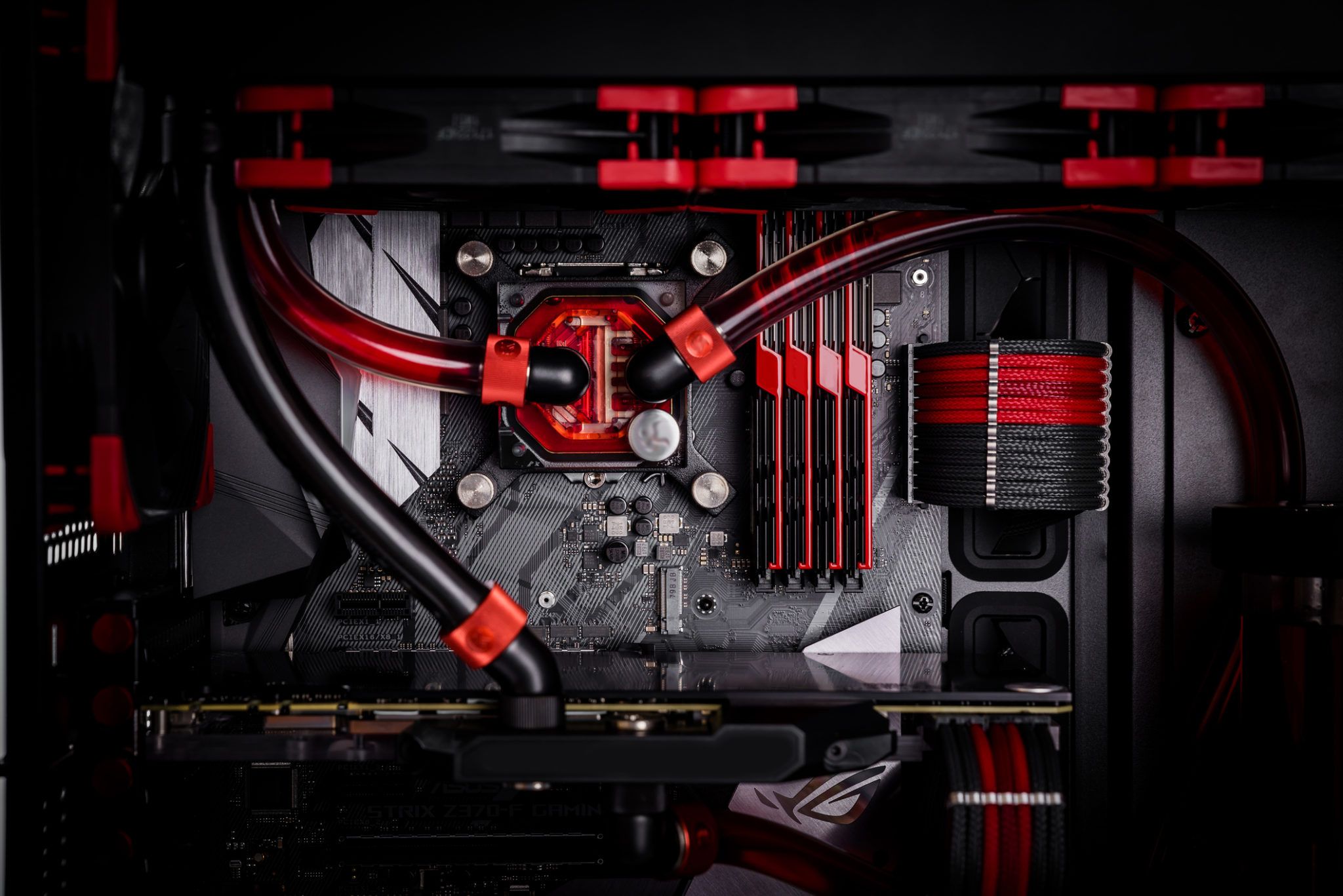
For many consumers, the question of how powerful they need their PC computer to be is not one they think to ask; and often rightly. Very few consumers need to spend more than $600 on a PC capable of doing their daily tasks, such as browsing the web, playing some lightweight arcade-style games, and light photo editing. For business owners or professionals in certain fields like taxes and accounting, a slightly more powerful computer may be necessary; and for professionals in the fields of graphic design, architecture, computer-aided design, and engineering, far more powerful PCs may be necessary.
But how do you decide what you need? And how much should you expect to pay for a PC that fits your needs? We’re here to help you understand. Let’s take a look at the parts that most directly affect your experience.
Table of Contents
ToggleThe Parts
First, a quick overview of common processors. The processor, or CPU, is essentially the thinking engine of your PC, and handles all the active tasks you (and your operating system) perform. Intel has five consumer levels of processor: Celeron, Pentium, i3, i5, and i7. These are the most common processors you’ll find in consumer desktop computers, and there are 8 ‘generations’ or revisions of these processors; from the first generation, released in 2010, to the eighth generation, first released in 2017. In general, each generation has improved on the previous one. A fifth-generation i3 or better is what we would recommend for daily use – the Celeron and Pentium lines offer far too little performance to be worth purchasing.
Next, the RAM. This is the part of the computer that temporarily stores instructions and code in a high-speed interface to send them to the processor or write the results to the hard drive. Generally, we recommend a computer with 8 GB of RAM – it doesn’t add too much to the price, and it gives you plenty of spare performance to ensure your PC runs smoothly.
Thirdly, the hard drive or SSD. We always recommend computers with an SSD, simply because they are faster, longer-lasting, and less prone to mechanical failure. Having an SSD will allow your programs and operating system to run much faster than they would on a traditional hard drive.
Finally, the graphics card. This is not a part the average consumer has to worry about, as Intel’s processors offer very respectable graphics performance for everyday use. But for those individuals who need more performance, a graphics card from Nvidia or AMD may be a necessity.
Your Needs
It can be confusing trying to determine what you need to run the programs you use on a daily basis. Many manufacturers do provide guides of the ‘minimum’ system requirements for their programs, but these requirements are truly the absolute minimum to run the program. Even if your computer meets those requirements, the program may not run properly or efficiently. Depending on the program, our technicians may have experience with it and will know exactly what to recommend for your needs.
Generally, if you’re doing more intensive work, such as rendering, compositing, CAD, video editing, or photo editing, you’ll need a dedicated graphics card as well as a more powerful CPU and a larger amount of RAM. For these higher-performance builds, we generally recommend at least an Nvidia GTX 1050 and an eighth generation i5 with 16 GB of RAM. We can either build a computer for you using the parts we recommend, or we can show you one with equivalent or better specifications from one of our recommend manufacturers.
The Price
An issue we often encounter when recommending more powerful builds to our clients is that past a certain threshold of performance, mainstream PCs become less economical than having us build a custom PC; both in terms of price and in terms of value. With our custom builds, you have the assurance that we’ve vetted and tested the parts and that we’ll handle any warranty claims for the first year from the date of purchase, whereas with manufacturers (even our recommended ones), you may not have the same level of support. And when the computer itself costs upward of $1000, that additional support can be essential to ensure that your workflow remains uninterrupted and your additional expenses are minimized.
If you’re in need of a computer recommendation based on an analysis of your use habits, or help building a new computer, don’t hesitate to give us a call. We’re always here to help, and there’s nothing we love more than getting our faithful clients set up with computers that we know will last for years and perform flawlessly!
Instant Quote
Get A FREE Quote IMMEDIATELY
Other Blogs You May Be Interested In
Categories
Satisfaction Guaranteed
Computer Repair You Can Trust


